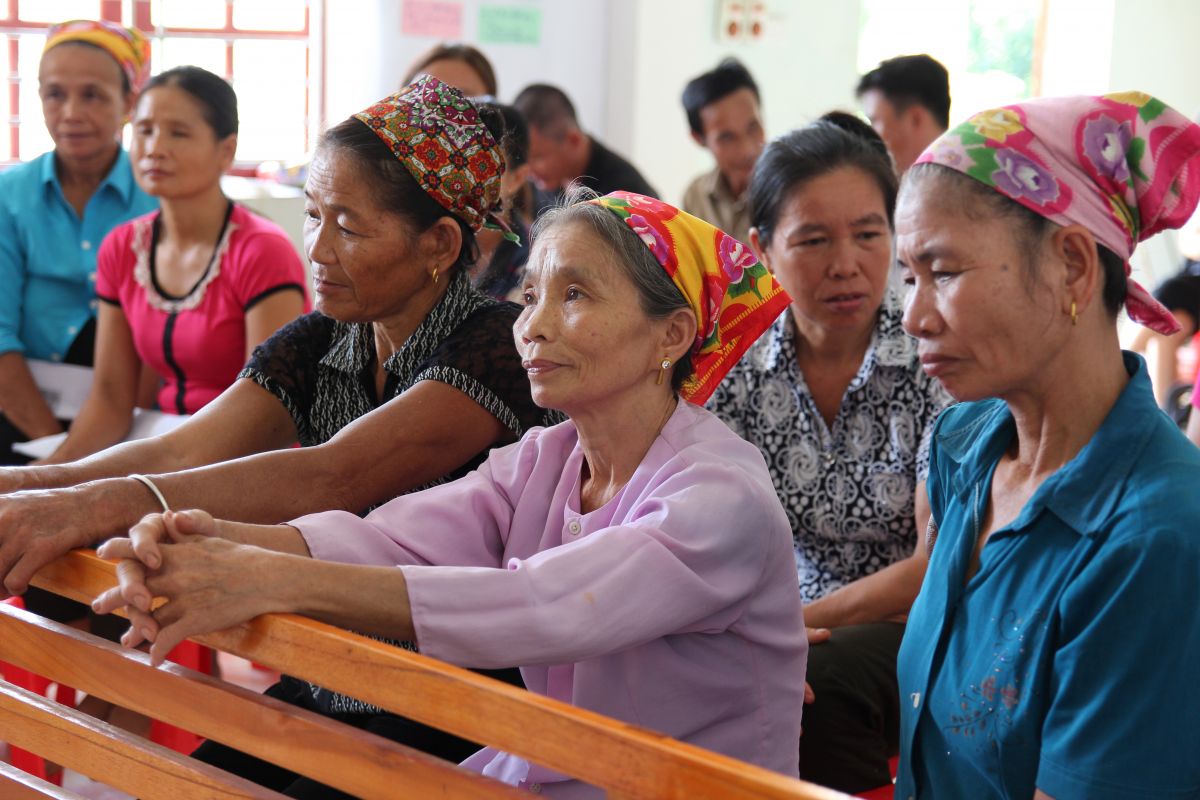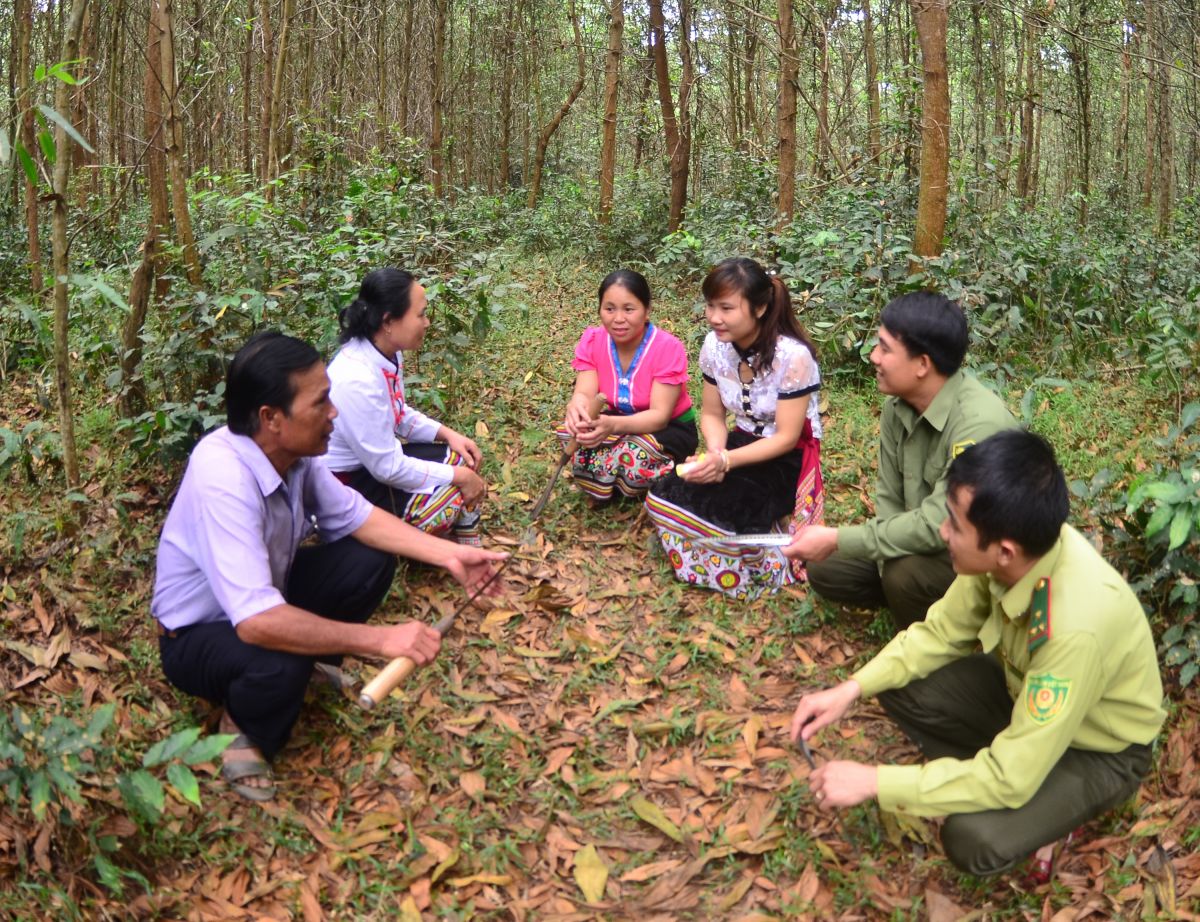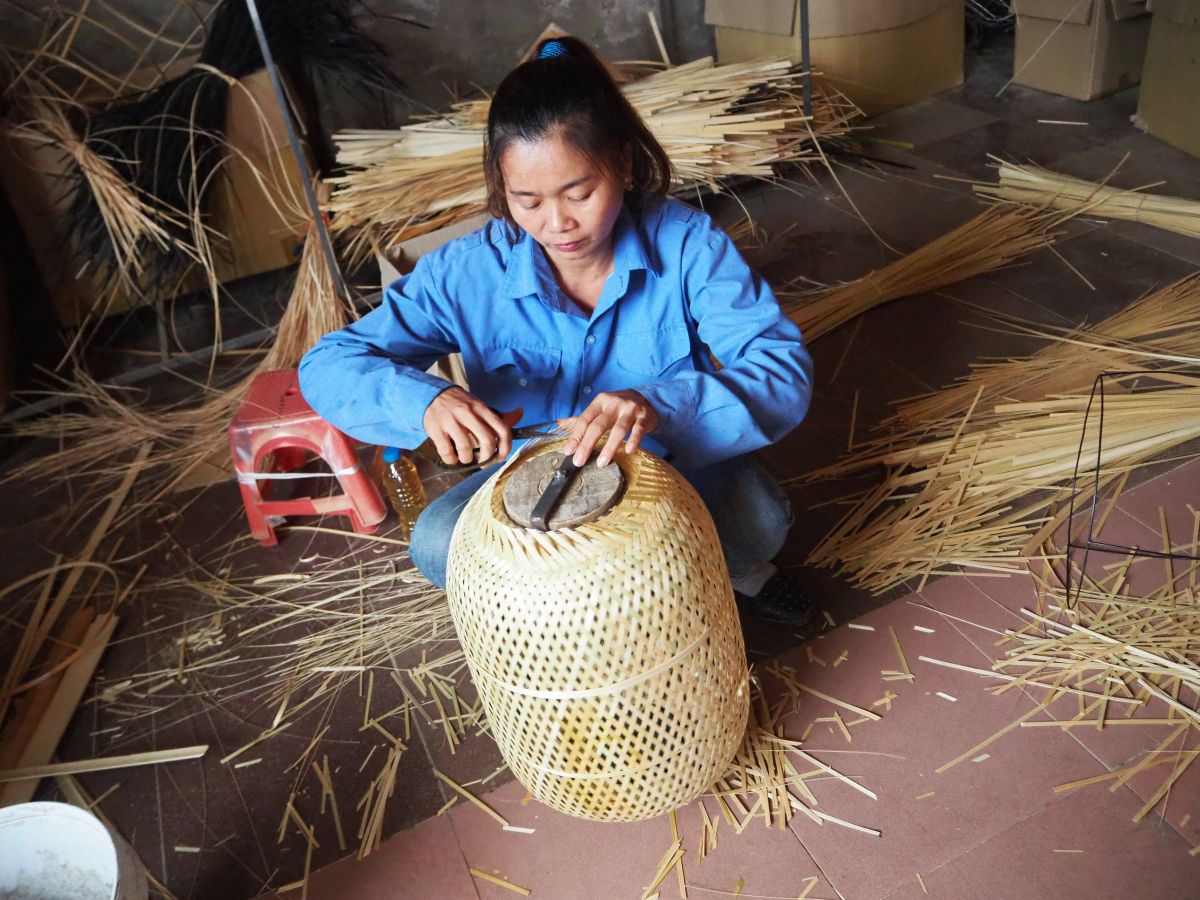

Stakeholders include any people or organizations that can directly or indirectly affect or be affected by an FLR initiative. Four broad stakeholder groups are:
- Local communities
- Governments
- Private sector parties
- Civil society organizations and academia
These groups often have different values, interests and approaches. Interests can also vary within each group. For example, government land and water agencies could have conflicting interests with mining and energy agencies. Some civil society organizations focus on community livelihoods, while others work on biodiversity conservation.
The process of designing and implementing FLR brings these stakeholders together as equal partners to negotiate mutual interests and collaborative partnerships. The following section summarizes the roles and interests of each stakeholder group, as well as the potential benefits FLR can provide them.
Local communities

These are people living in or near the landscape. They can be differentiated by sources of livelihood, such as wage-earners, forest-dwellers, farmers and traders, or by ethnicity, wealth and power. The landscape is part of their culture and identity. It provides goods and services, such as food, water, livelihoods and safety, that they rely on for development and survival.
Local people, especially marginalized groups, are strongly affected by decisions made about their landscape. They are also most vulnerable to hazards associated with poor forest management, including forest fires, floods and landslides. As the largest group of direct and long-term forest users, local communities can have immense positive and negative impacts on resources.
Communities have important knowledge about forest management that is valuable for designing, implementing, monitoring and evaluating FLR initiatives. For these reasons, local communities can and should play a pivotal role in ensuring the effectiveness and sustainability of any FLR efforts.
Potential benefits of FLR to local communities include:
- Increased access to products and services in the landscape, contributing to improved livelihoods and social security in the long term
- More economic opportunities through restoration-related jobs and activities, and through trade and value-addition of forest products and services
- Improved grassroots institutions and multi-stakeholder platforms as a pre-condition or by-product of FLR processes, which contributes to addressing inequality gaps in gender, resource access and benefits, participation and representation
- Enhanced overall resilience and adaptive capacity, especially for marginalized groups
Government

Government stakeholders include ministries and agencies that manage forests, land, water resources and related livelihood issues in the landscape. Their interests can include other sectors such as agriculture, mining and infrastructure. They can be based within the landscape or outside it.
Government stakeholders develop and implement laws and policies. Depending on their roles, locations and administrative levels, their decisions will affect the landscape to different degrees. However, they often have the strongest impacts on the landscape and on other stakeholders.
Potential benefits of FLR for government stakeholders include:
- Increased progress towards national and sub-national targets on restoration, biodiversity conservation and poverty reduction
- Boosted local economic development and livelihoods through improved value chains, taxes and revenues
- Reduced gender and social inequalities
- Closer engagement with local communities and other stakeholders while developing and implementing policies and strategies
- Improved stakeholder understanding of, and compliance with, relevant laws and policies
- Increased policy impacts on long-term ecological sustainability and economic efficiency
- Reduced conflict over natural resources, especially land and forests
- Harmonized indigenous and local knowledge with science and technology
Private sector

Private sector actors can be based within the landscape or outside it. Most operate in the landscape for profits, engaging in supply chains of forest-related products and services or in other sectors such as agriculture, mining and energy. There are also private sector actors that invest in the landscape for social benefits such as social credits, networks, visibility and branding.
Private businesses play a pivotal role in improving supply chains and adding value to products and services. They create jobs and income for local people. Private sector actors can also be significant sources of FLR financing. However, their activities can create conflicts with or among local communities, most commonly because of unfair benefit sharing and a lack of knowledge about customary tenure rights.
Potential benefits of FLR for the private sector include:
- Expanded business and partnership opportunities from enhanced supplies of products and services from the landscape
- More opportunities to engage with and be understood by other landscape stakeholders, resulting in a more business-friendly environment in the landscape
- Strengthened social credentials thanks to sustainability and social activities that they engage with during FLR process
Civil society organizations (CSOs) and academia

These stakeholders can include non-profit and non-governmental organizations, community-based organizations and research and education institutes. Their interests vary from human rights to animal rights, from environmental sustainability to social-economic development.
They play a supporting role, often helping communities and local government to achieve FLR goals. Their work ranges from data and research to financing and implementing FLR activities. Their presence is important in landscapes where local actors lack capacities and resources to initiate FLR activities. However, in some cases, poorly-planned interventions by CSOs and academia can cause conflict among different interest groups.
Potential benefits of FLR for these stakeholders include:
- Opportunities to introduce their perspectives and to influence local stakeholders through platforms created through FLR processes
- Improved access to local knowledge and resources
